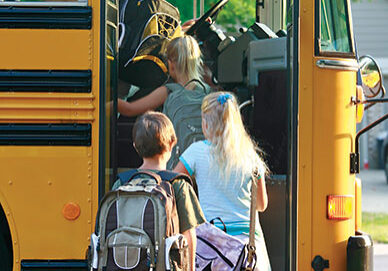STEAM (Science, Technology Engineering, Arts and Math) has grown in popularity in recent years as a way to educate children for the contemporary world and future jobs. You can foster a love for STEAM at home with these fun and easy ideas.
Science – curiosity is the backbone of discovery
Questioning is the first step of the Scientific Method, so welcome questions like “Why is the sky blue?“ and encourage household problem-solving. Bread dough that doesn’t rise, an inside door that sticks in winter or an insect infestation in the garden are gateways to hypotheses, experiments and answers.
Create a kitchen science lab with common ingredients. Make homemade ice cream in a Ziploc bag, make butter out of heavy cream in a mason jar or grow geodes in eggshells. Make a paper maché baking soda and vinegar volcano. Discuss the science behind the blast.
Start seedlings from kitchen vegetable seeds or trimmings.
Relate science to sports by learning the physics behind the fastball or how a gymnast balances on a beam.
Embrace screen time that builds Technology skills
Make the computer your friend. Teach your child how to do research, make brochures for school projects and use spreadsheets for chores and allowance. When you take a family trip, let your child research places to visit.
Start coding early. Check out code.org for fun ways kids can code online or without technology. Other coding sites to try are Codeacademy, Kodable, Lightbot, Scratch and Tynker.
Use apps to make a stop-motion video. Handy apps include Lego Movie Maker, Stop Motion Studio, Lapse It, iStopMotion and Clayframes.
Digital tools like Dictionary.com, Thesaurus.com and khanacademy.com are great to help with homework, along with apps such as Tinycards, myHomework and My GradeBook.
Encourage the love of Engineering
Does your child love Lego blocks or Minecraft? Does she want to take apart the toaster or fix the cell phone when it breaks? Check out a kid-friendly version of Engineering Design Process at teachengineering .com
Stock up on building supplies like Legos, wooden blocks, K’nex, Lincoln Logs, Tinker Toys and Duplo bricks. Also keep recyclables like cardboard, paper towel tubes and cereal boxes. Encourage children to complete tower building challenge with notecards or old playing cards and no other materials. Kids can only fold the cards, no ripping or cutting.
Introduce your child to Rube Goldberg machines — intentionally designed to perform a simple task through a series of complex chain reactions. To learn more, visit rubegoldberg.com.
Join a radio control club. Planes, helicopters and boats often inspire children. Building their own involves creativity and problem-solving skills.
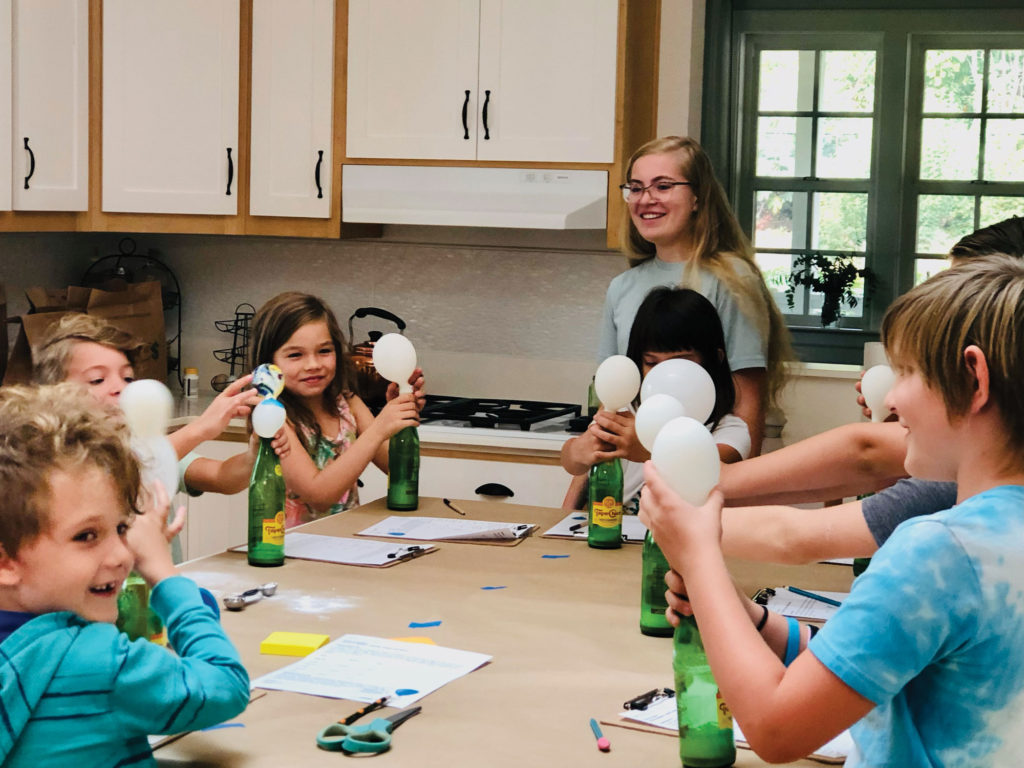
There are lots of fun science experiments that can be done at home with household materials. Photo by Betsy Walton.
Inspire creativity to foster a love of Arts
Children can be artists by painting, drawing, sculpting, singing, playing an instrument, dancing or writing. Take note of inclinations in these areas and Iimmerse your home in different types of art. Listen to music, collect art or art books or check them out from the library.
Even if you don’t think you’re good at art, try some art mediums along with your child. Stock up on art supplies like watercolors, finger paints, crayons, colored pencils, pastels, construction paper, sketch books and origami paper.
Borrow a how-to-draw book from the library. Step by step directions will give your child more confidence. Sculpt with air-dry clay. Your child doesn’t need a pottery wheel to create with clay. After the clay dries, it can be painted.
Listen to a variety of music genres. This will open your child’s mind to different artists and styles of music. Sign your child up for a creative writing class. Make sure she has a library card and visit the library with her. Make reading aloud and alone a daily activity.
Make Math relevant and interesting
Teach number sense. Mentally work through problem-solving logic with your child. Bedtime Math: A Fun Excuse to Stay Up Late by Laura Overdeck is a good book for promoting math discussions.
Visit Texas Instruments’ “STEM Behind Cool Careers” (education.ti.com/en/activities/stem/gen-stem) for videos connecting algebra, geometry and physics to jobs like fashion design, flying jets and more.
Cook or bake together. Measuring, equivalent fractions and conversions are all part of recipe building.Use math at the grocery store. Have kids weigh enough produce without going over a dollar amount, compare prices for the best buys and stay within a weekly budget.
Assign chores and give an allowance. They’ll be asking for ice cream and movie money anyway, so why not teach practical budgeting skills in the process?
Supplies for projects and experiments
• Cardboard, paper towels and toilet paper tubes
• Straws
• Aluminum foil
• Empty water bottles and beakers or jars with lids
• Funnels and tongs
• Epsom salt
• Rock salt
• Alum, baking soda and vinegar
• Food coloring
• Potting soil and seedling pots
Posted in: Education, Science & Nature
Comment Policy: All viewpoints are welcome, but comments should remain relevant. Personal attacks, profanity, and aggressive behavior are not allowed. No spam, advertising, or promoting of products/services. Please, only use your real name and limit the amount of links submitted in your comment.
You Might Also Like...
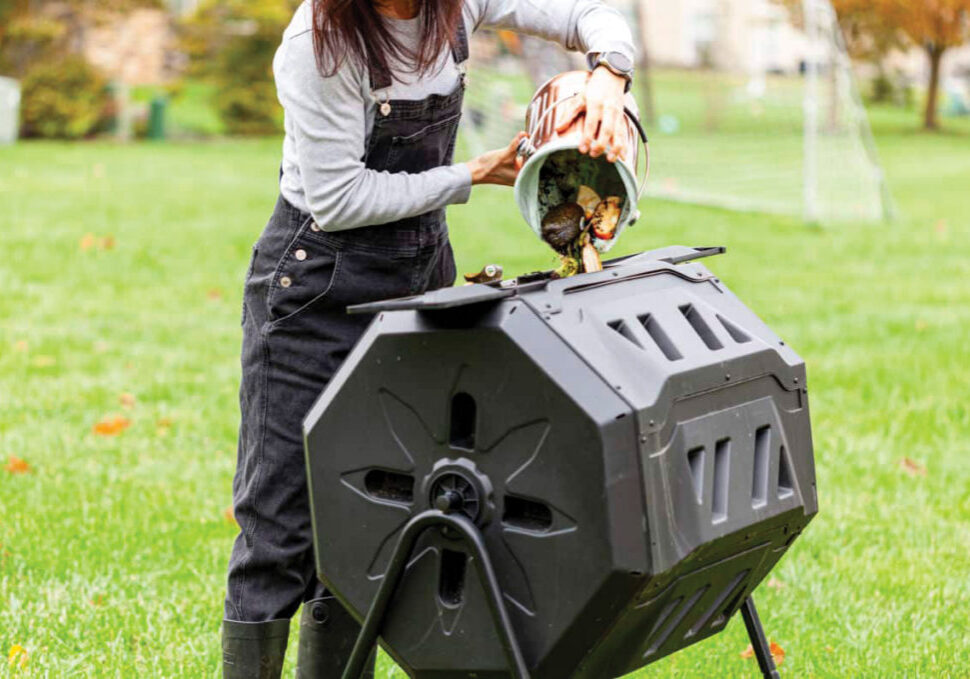
Using The 5Rs To Help Clean Up The Planet
If you diligently separate your recyclables, take them to the curb or recycling center and still feel like you could be doing more to be a good “eco warrior,” you’re […]
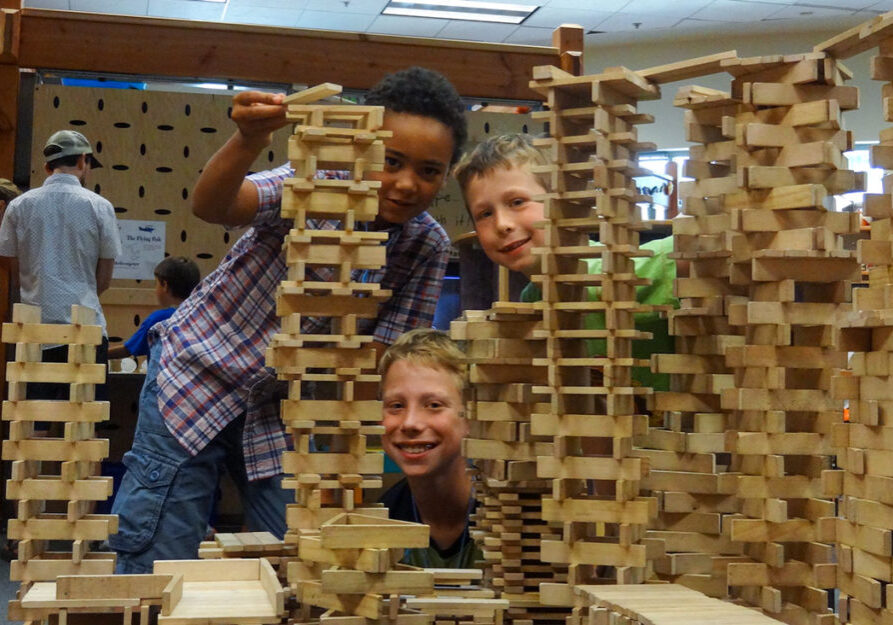
ScienceWorks Hands-On Museum: Science Education for All Ages
ScienceWorks Hands-On Museum inspires wonder and curiosity through science-based inquiry and hands-on activities. Serving the Rogue Valley since 2002, ScienceWorks is dedicated to the highest standards of science education for […]

Start Strong: Fun Ways to Celebrate Teachers at the Beginning of the Year
When was the last time you thanked a teacher? So often we go about life, grateful for their hard work, but we never really stop to thank them for the […]
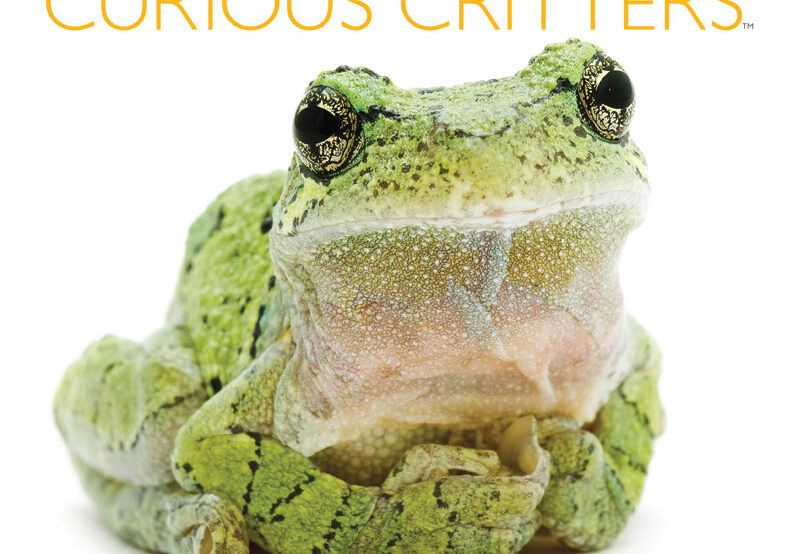
Curious Critters – Leaping, Flying, And Coming Your Way!
Reading a book with your child not only fosters literacy, but it also creates family memories that are treasured well into adulthood. We at North State Parent magazine are pleased […]



